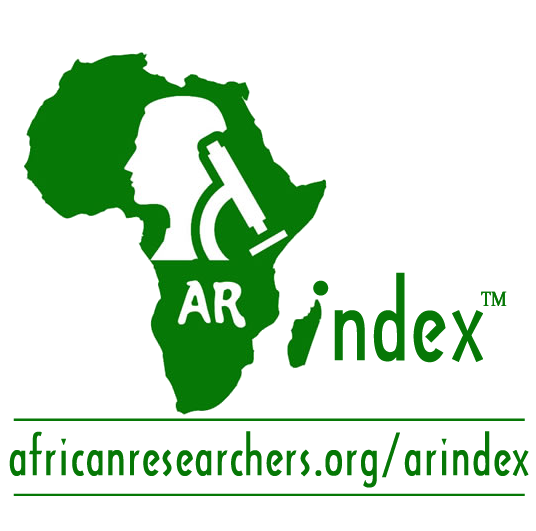EFFECT OF USING DIFFERENT TEST TARGETS FOR NEAR POINT OF CONVERGENCE TEST
DOI:
https://doi.org/10.52417/njls.v6i2.319Keywords:
Near point convergence, pen tip, fingertip, pen light, red and green lenses, presbyopesAbstract
Near point of convergence (NPC) is considered as one of the important diagnostic findings in the assessment of convergence insufficiency. Some studies on the Caucasian and Asian population have shown that test targets employed in the measurement of near point of convergence (NPC) can influence its break and recovery values but no previous studies have been done on Nigerian population. The purpose of this study was to help determine the most appropriate test target to use for the assessment of Near point of convergence and to compare the effect of test targets on NPC values in non presbyopes within the age range of 18-35 years and presbyopes of age 38 years and above in a Nigerian population. A total of 60 subjects were divided equally into two groups (non presbyopes and presbyopes). The near point of convergence was measured using four targets in subjects with visual acuity of 6/6 in each eye or better with and without their best correction, N5 at 40 cm and subjects without strabismus and any ocular pathology. Presbyopes were defined by a reading addition of +1.00DS or more in their near correction at 40 cm. The targets used were: a tip of pen, examiner’s index fingertip (accommodative targets) and a penlight and a penlight with red and green lenses (non- accommodative targets). The data collected was analyzed using the SPSS 22.0 and Microsoft excel spread sheet. Comparisons of data were done using paired two-sample Wilcoxon signed rank test and Mann- Whitney U. Spearman’s correlation was used to determine the correlations. The results showed that accommodative targets gave less receded NPC values and non- accommodative targets gave more receded NPC values in both presbyopes and non presbyopes groups. Also there was no significant difference in the NPC values between the two groups when compared. It is therefore concluded that accommodative targets are the best targets to use for measurement of near point of convergence

Published
Issue
Section
License
Copyright (c) 2016 https://www.unibenlsj.org.ng/index.php/njls

This work is licensed under a Creative Commons Attribution 4.0 International License.





